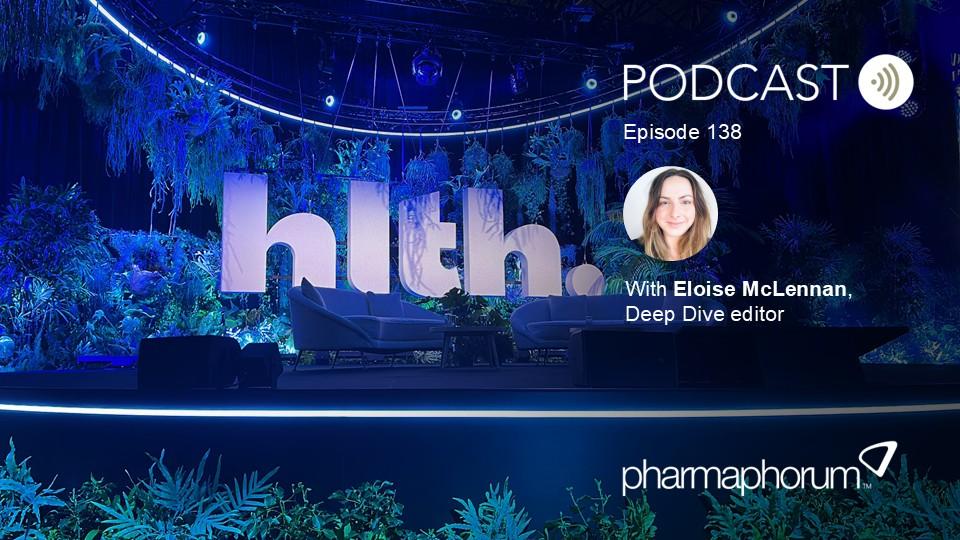AI meets RWE: The future of drug assessment?

Savana’s Dr Ignacio Medrano explains how machine learning and natural language processing technology is opening up huge amounts of previously-inaccessible real-world evidence (RWE) for pharma and regulators.
This article appears in out digital magazine Deep Dive: Market Access 2021. Read below for a preview:
Real world evidence (RWE) is rapidly evolving. Having gone from being an innovation buzzword to becoming a core part of drug assessment processes it offers health technology assessment (HTA) bodies a way to assess the value and impact of drugs outside of an artificial clinical trial setting.
“For years we’ve been aware that what happens in clinical trials is just a fragment of the reality of how medicines and healthcare work in the real world,” says Dr Ignacio Medrano, co-founder and CMO of Savana. “You realise that when you talk to doctors and listen to their real-life experiences.
“That’s not to say that clinical trials are redundant. It’s still important to understand cause and effect without bias. However, once clinical trials are completed, there has to be something else.
“There are a huge number of variables that are difficult, if not impossible, for pharma and regulators to account for in traditional clinical trials. Ultimately, these studies are always going to feature limited populations that can’t represent the full spectrum of backgrounds, situations and behaviours of patients and doctors in the real world – and all those factors can have massive impacts on how successful an intervention actually is.”
Now, Medrano says, the industry finally has the technology to analyse the large-scale patterns arising from these variables.
But not all forms of RWE are created equal, he says, and in fact current methods of collecting RWE data don’t always produce insights that are useful to researchers or HTA bodies.
“One problem is that most RWE is contained in inflexible, siloed databases. Companies have to pay to access these databases, but they can’t always be sure that the exact data they need will be found within.
“That’s a pity, because when the information isn’t there, it’s usually not because it doesn’t exist – in fact it’s being generated every single day by hospitals and electronic health records (EHRs). It’s just not in that particular database.”
Luckily, the sector is evolving to a point where life science companies can use AI tools to directly analyse electronic health records and extract the exact information they need for their particular market access purpose.
“That could be compared effectiveness, epidemiology, the patient journey, etc. – the important thing is that it can be tailored for each company,” says Medrano. “We can design a study that uses AI models to dive into these texts and search for whatever a company needs. Then you can analyse it as many times as you want.”
• Read the full article in pharmaphorum's Deep Dive digital magazine












